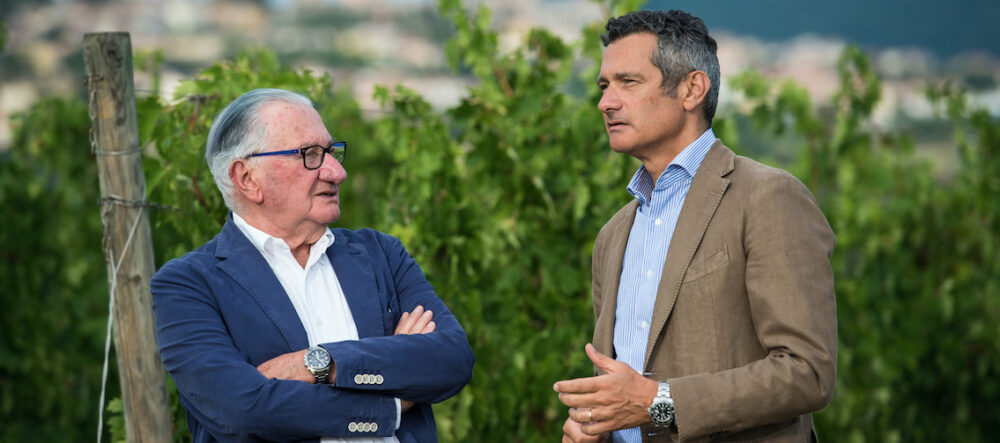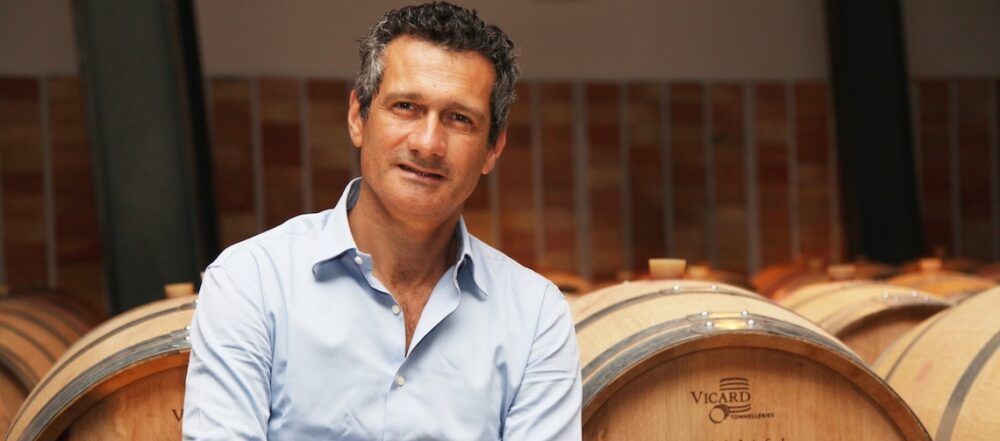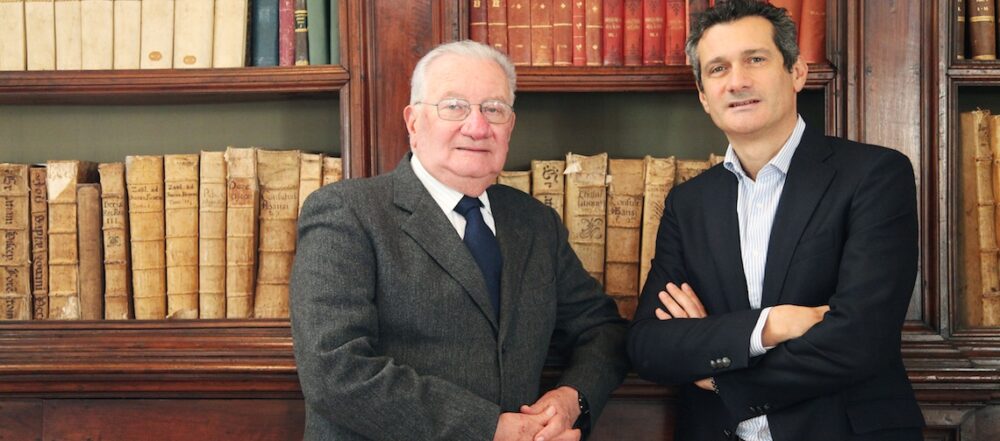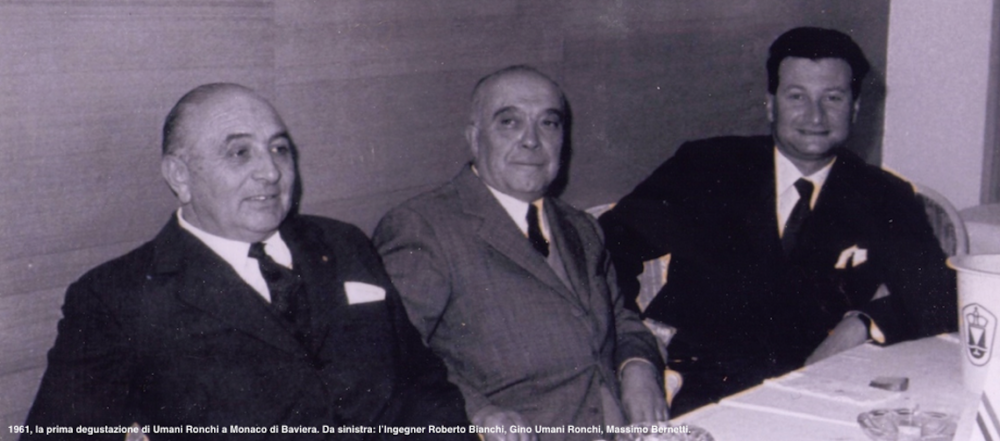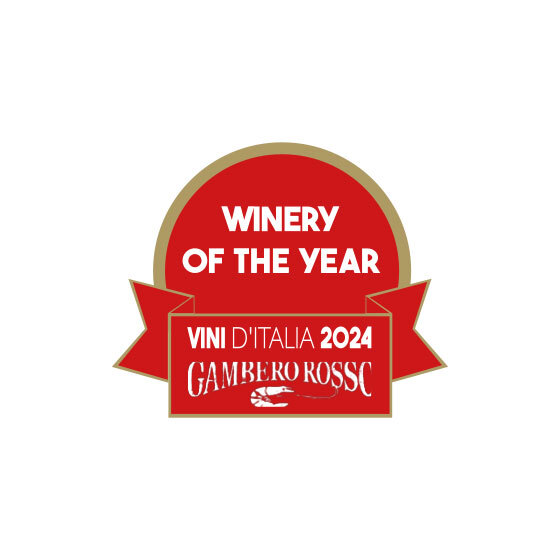The Umani Ronchi Story
In the end of the Fifties, Gino Umani Ronchi set up a small farm in the Marche region at Cupramontana, in the heart of Verdicchio Classico country. A few years later, the farm was taken over by the Bianchi-Bernetti family, who acquired the label as well as the land and brought new energy to the estate’s production and commercial activities. On 4 January 1968, Umani Ronchi was reconstituted as a wine estate. Barely a year later, the registered office and administration were transferred to Osimo, where the Rosso Conero cellar was opened. Capacity at the existing Verdicchio cellar in Castelbellino was also increased.
The man in charge of all this was Massimo Bernetti whose vision, foresight and entrepreneurship focused on three macro-objectives. Number one was opening non-domestic markets - Germany and the United Kingdom in particular - to Umani Ronchi wines. The second was increasing output by flanking Verdicchio with Rosso Conero. Bernetti also worked to expand the estate’s area under vine, which would quickly rise to 210 hectares in Marche and Abruzzo. At the same time, Massimo was focusing on the entire production chain to improve wine quality and expand the estate’s offering, starting with the reds and in particular Rosso Conero. Nineteen eighty-two saw the first vintage of San Lorenzo, followed in 1985 by Cumaro. Verdicchio acquired a new dimension with Cru and Riserva selections, Casal di Serra appearing in 1983 while Villa Bianchi’s first harvest came in 1985.
By the early Nineties, Massimo had been joined by his son Michele, newly graduated from Ancona University with a degree in economics and back from an internship in London at the sales department of Umani Ronchi’s UK distributor. With input from university research centres, Massimo began to explore advanced vineyard and cellar management techniques, and to identify the best grape-growing sites. Michele began to play a bigger role and, looking beyond the borders of the region, initiated a fruitful collaboration with Giacomo Tachis, the creator of Solaia and Sassicaia, among other wines. In 1994, the partnership produced Pelago following an in-depth study of international varieties and how to integrate them into the local territory. Pelago won the International Wine Challenge in London. The title of Best Red Wine put Pelago on the front pages of the wine press all over the world. Shortly afterwards, Wine Enthusiast ranked Pelago among 1998’s top wines with a score of 97/100.
La Bottaia, our new barrel maturation cellar, opened in 2000. This ambitious architectural and cultural project is part of a broader vision to restructure the Osimo winery. Architecturally, La Bottaia again reflects Umani Ronchi’s inclination for research and innovation at all stages of production. Michele and the technical staff are constantly fine-tuning the range of wines, which manifests itself in the creation of new products and meticulous care over existing labels. This focus on developing the Umani Ronchi collection is necessary in the extremely challenging domestic and international markets, where competition means wines have to stand out and the watchword is quality. Michele’s cellar-centric approach also prompted him to concentrate on the new Roseto degli Abruzzi project, exclusively dedicated to Montepulciano.
A Decanter gold medal for Cumaro and the White of the Year award from Gambero Rosso for Vecchie Vigne 2009 are only the most recent endorsements of Michele’s meticulous, unremitting efforts on behalf of local wines.
Today, Michele combines his wine and estate management duties with developing markets abroad. The upshot is that Umani Ronchi has grown from a regional label into an international brand. Yet it has not lost contact with its roots in the land, roots that it takes all over the world in Umani Ronchi’s finest wines.
In 2015, Michele was chosen as the Marche World Wine Ambassador for Expo Milano.
to be continued

